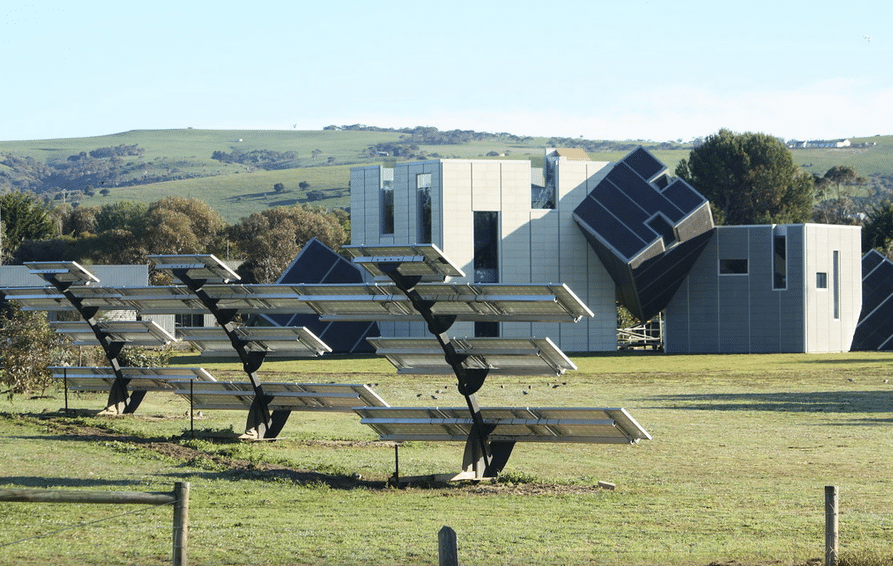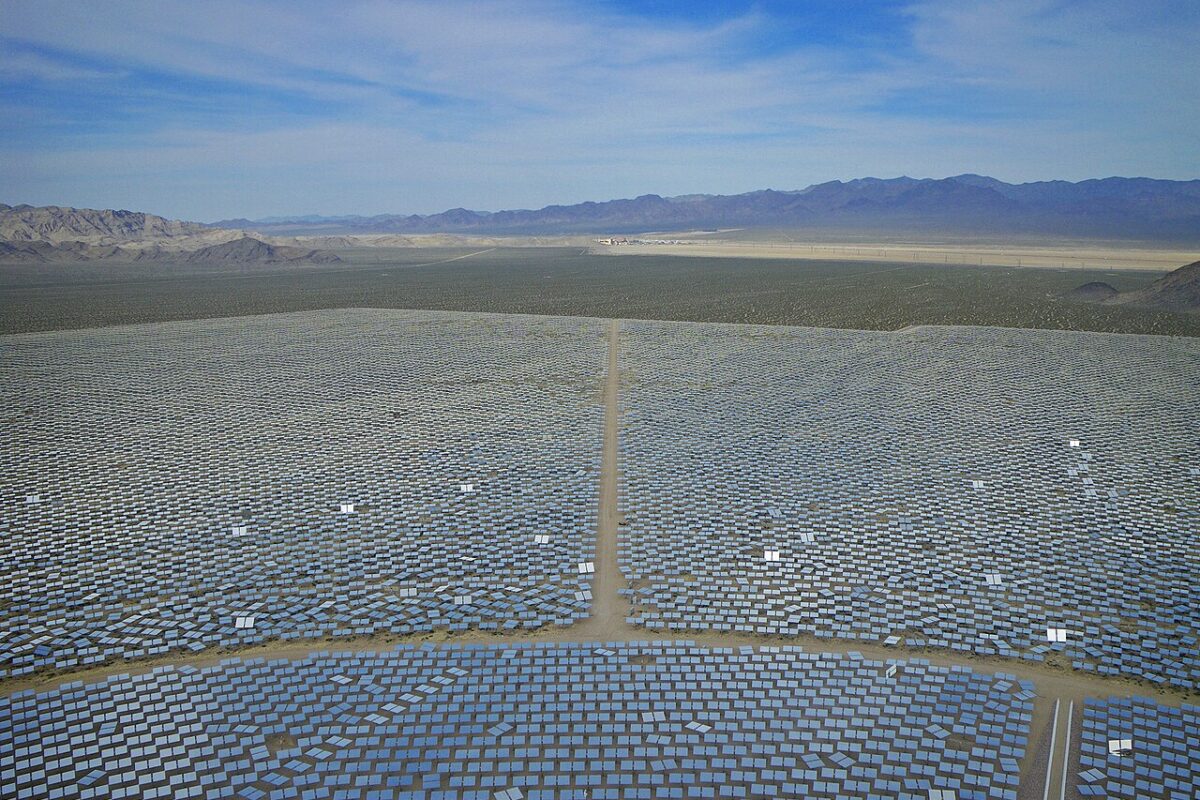Data aggregated by Ohm Analytics shows that solar permits are down substantially — providing evidence that the solar industry is being severely damaged by the Covid-19 crisis.
Ohm Analytics, which manages a real-time solar market data platform, has released a Weekly Solar Activity Tracker to measure the impact of Covid-19 on the solar industry. The tracker aggregates a sampling of solar building and electrical permits, and other project records from major metro areas across the United States. Ohm has opened this data tool to the public as it believes it may help solar companies navigate the uncertainty, including inventory, staffing and geographic resource planning. This data will also help policymakers gauge the impact of the pandemic on the solar energy industry.
The weekly tracker can be accessed here and solar installers and developers can access Ohm’s full data platform here.
Initial analysis on Covid-19 impact
Prior to the pandemic landing in the United States, we had expected strong growth for the solar industry in 2020 and that is reflected in the growth in permits before mid-March. Since then, the shelter-in-place restrictions and decreased business and consumer confidence has had a clear impact on solar activity with solar permits issued declining 32% the week beginning March 30th compared to the first week of February.
When the data is broken out between those states that announced early shelter-in-place orders (week of 3/16 or early the week of 3/23), the impact is even more extreme with activity declining by nearly 44%. The decline has accelerated in states where shelter-in-place happened later with permits declining 12% the week of March 30th compared to the following week. These states may follow a similar pattern as California, which issued a statewide shelter-in-place order on March 19th.
![]()
Notes: Early Shelter-in-Place states include CA, WA, NY, and MA and Delayed Shelter-in-Place states include TX, NM, CO, NV, NC, FL, MD, AZ, IL, UT, ID and OR. Analysis is based on a sampling of sources from these states. A detailed list of sources can be found in Ohm’s Weekly Tracker.
States that are less densely populated, including Texas, Nevada, New Mexico, and Arizona have seen less of an impact. This dynamic is also seen within California where coastal cities, including Los Angeles, San Francisco and San Diego declined nearly 50% whereas areas with lower population density including Kern County (Bakersfield), Fresno and Clovis, declined only 4%.
![]()
Notes: Last three weeks include data from 3/16 to 4/5 and prior three weeks include data from 2/24 to 3/15.
Permitting as a leading indicator
New permits issued have fallen because of a drop in new customers, work restrictions, and closures at code enforcement agencies. Since permits are, in most jurisdictions, a legal prerequisite to installing solar energy systems, we expect to see installations and, therefore, solar crew employment to fall in the path of permits even in those places where work restrictions do permit continued construction work.
Permitting processes and SEIA permitting resources
Although many states consider solar installations as an essential utility service, the inability to conduct in-person sales and consultations has hampered activity. In addition, solar activity has been constrained in some areas in which building department have either shutdown or have limited automated “no-touch” processes. SEIA and other solar industry partnerships have been working with building departments across the country to implement more automation.
SEIA has released a database of the operating status of over 1,000 building departments across the country to keep the industry informed. The database can be found here. SEIA is also working with partners to help jurisdictions establish no-touch permitting and inspection.
***
Chris Collins is founder of Ohm Analytics. This article originally appeared on the SEIA website.
The views and opinions expressed in this article are the author’s own, and do not necessarily reflect those held by pv magazine.
This content is protected by copyright and may not be reused. If you want to cooperate with us and would like to reuse some of our content, please contact: editors@pv-magazine.com.








Can this “California city launches instant online permitting for microinverter-based solar systems (April 10th)” help with the specific permitting issue? How about ways of doing business alternatively such as roof surveys by drones? If these hurdles can be overcome, the most important question continues to be demand. Has demand collapsed? Or is being held in check? Has interest actually increased as a result of the crisis?